Scientists have discovered two planets that orbit the red dwarf HD 260655. These amazing celestial bodies are very reminiscent of the Earth, which is why they are also called super-Earth. They revolve so quickly around their star that one of them has a year of 5 days, and the other – 2 days. The system of planets is located at a distance of 33 light years from our planet, and, according to ScienceAlert, there may be other celestial bodies in it.
What is a super-Earth?
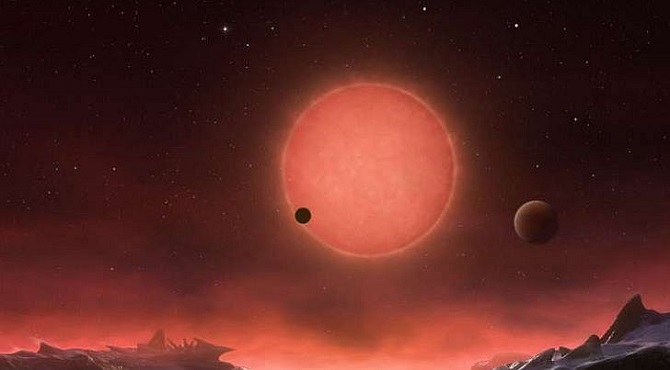
These are planets that are larger than Earth but smaller than Uranus or Neptune. New celestial bodies have been discovered using the TESS telescope. This became possible when the planets passed against the background of their star, and its luminosity changed.
Why are new planets interesting?

Scientists are interested in these super-Earths, as they are part of one of the closest planetary systems to us. They have been named HD 260655 b and HD 260655 c.
The celestial body HD 260655 b is close to its native star, it is 1.2 times larger than the Earth and has 2 times the mass. Around the planet, HD 260655 makes a complete revolution in 2.8 days.
Exoplanet HD 260655 c is 1.5 times the size of Earth and weighs 3 times as much. It makes a complete revolution around the red planet in 5.7 days.
Michel Kunimoto of the Massachusetts Institute of Technology said that on the planets, according to scientists, most likely there is no life in the usual sense for us. Thus, the average temperature of HD 260655 b is 435 degrees, and HD 260655 c is 284 degrees Celsius. It is very hot there so that the water can be in a liquid state.
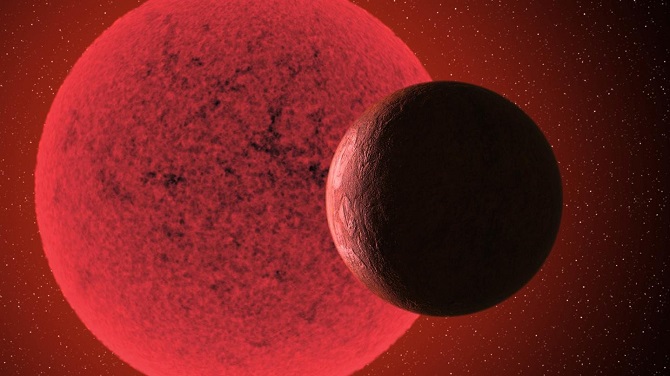
But the two super-Earths are considered good targets for studying exoplanets and the composition of their atmospheres. This should help in the search for extraterrestrial life, if any. This is where the Webb Space Telescope can help. In particular, scientists will try to find signs of carbon and water.
Avi Sporer of the Massachusetts Institute of Technology says that there are many planetary systems. Scientists hope to find more planets that are farther from the red dwarf, and on them life is possible.
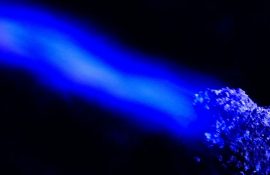

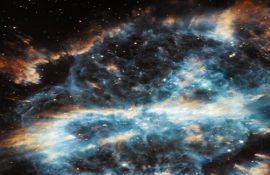

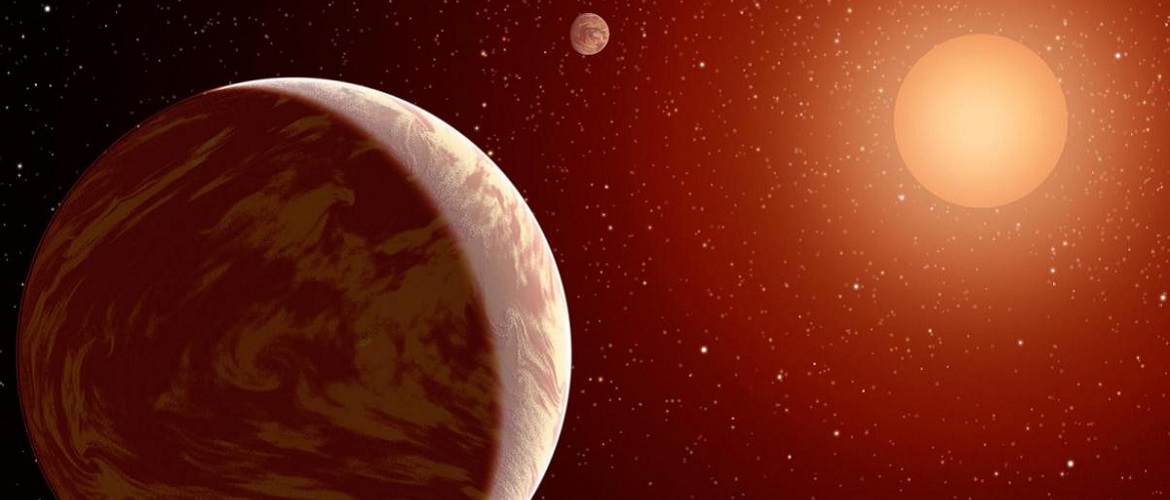
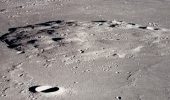

Only registered users can leave comments